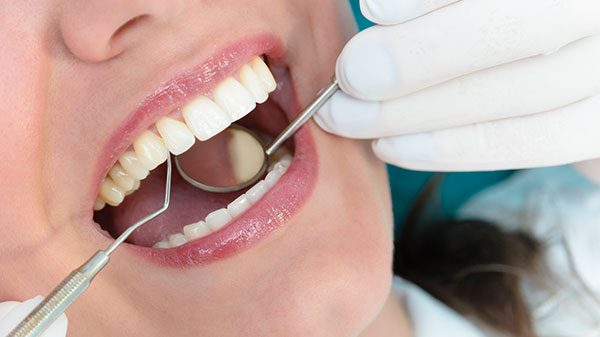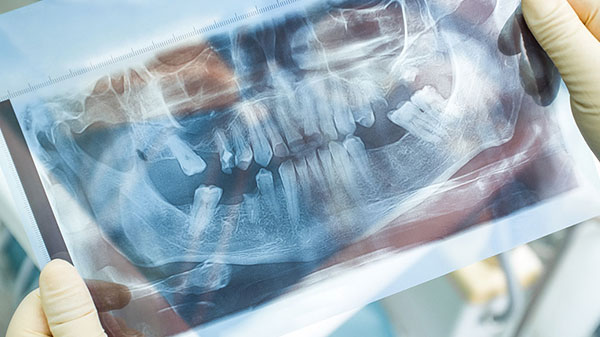Periodontal Procedures in Phenix City

Periodontal Care
Did you know that the #1 cause of tooth loss in adults is not dental decay, but gum (periodontal) disease? It's true! Periodontal disease is an infection that occurs when harmful bacteria organize and harbor below the gum line and attack healthy gum tissue and bone. Over time, this process will destroy enough supportive bone to cause teeth to become loose and eventually fall out altogether.
During your regular dental examinations, our dentists and hygienists will perform a periodontal health screening to look for early warning signs of gum disease, including bleeding gums and tartar deposits below the gums. They will measure the gums and look for deepening ‘pockets’, areas where the gum tissue is starting to lose attachment to tooth structure.
When detected early, periodontal disease can often be treated non-surgically. Following periodontal treatment, our hygienists will see patients every 3-4 months for continued monitoring.
Cosmetic Periodontal Surgery
Cosmetic periodontal procedures can enhance your smile by correcting problems like long or short teeth, uneven gum line, receding gums, exposed roots, and indentations in the gums or jawbone.
Scaling and Root Planing

Scaling and root planing is a non-surgical procedure used to treat gum disease. During the scaling process, specialized dental instruments are used to remove dental plaque and calculus from beneath the gums. Planing is the procedure used to smooth the tooth's root after the scaling process. Root planing helps the gums heal and reattach themselves to a cleaner and smoother root surface.
Crown Lengthening

Crown lengthening is commonly used to expose more tooth structure, crown lengthening involves the removal of gum tissue and/or bone to expose more of a tooth's structure.
Bone Grafting

Bone grafting is the replacement or enhancement of bone around teeth. When a tooth is lost, the surrounding bone collapses. Bone grafting is performed to reverse bone loss or enhance bone. The bone can be taken from parts of the body or from synthetic material. Bone grafting allows for proper support of dental implants or prostheses.
